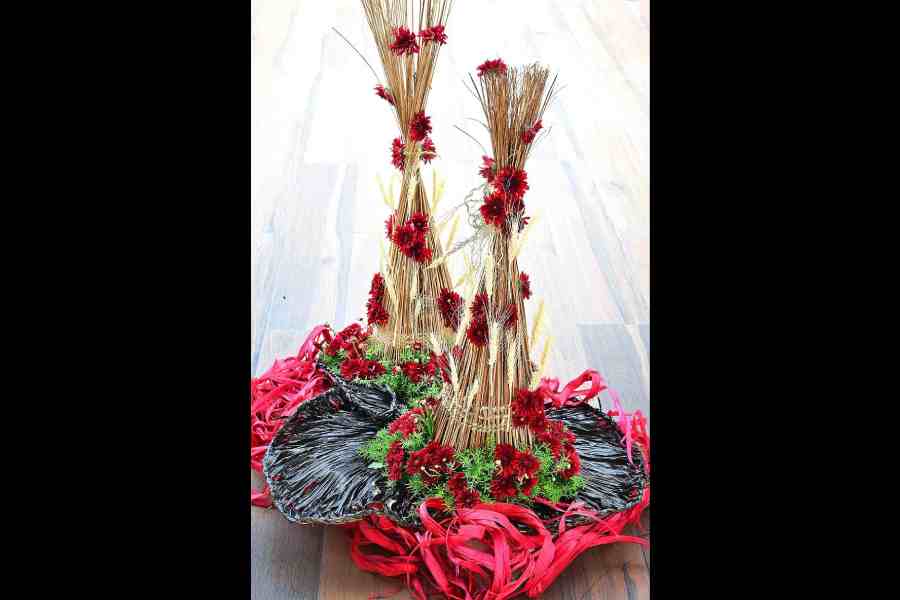Flowers hold deep cultural significance during the festival of Holi, which is celebrated with immense joy and fervor across India. One of the most iconic uses of flowers during Holi is in making and adorning colourful garlands. These garlands, often crafted from vibrant blooms like marigolds, roses, and jasmine, symbolise the arrival of spring and the triumph of good over evil. They add a sense of beauty and elegance to the festivities, enhancing the joyous atmosphere. Additionally, flowers are used to create natural dyes for the gulal (coloured powders) that are playfully thrown and smeared on each other during Holi. This tradition not only adds to the merriment, but also represents the blossoming of friendship, love, and unity among people of all backgrounds.
Moreover, flowers play a significant role in the spiritual aspect of Holi celebrations. They are offered to deities in temples as a gesture of devotion and gratitude. The fragrance and vibrant colours of these floral offerings are believed to please the Gods and bring blessings for prosperity and happiness. Furthermore, the use of flowers in Holi rituals signifies the renewal of life and the welcoming of a new season filled with hope and positivity. Thus, flowers are not just ornamental elements during Holi but integral symbols that enrich the festival’s cultural, social, and spiritual dimensions, spreading joy and harmony among communities.

2. During spring, birds build their nests and new seedlings sprout out of the ground. A haldi basket is made. During this time of the year, all plants, including cultivated ones, begin growing anew after being dormant during winter. Animals begin their nesting and reproducing activities, and birds migrate poleward in response to warmer temperatures. During the festival of colours, Holi, turmeric powder is mixed with water to create vibrant hues, adding to the joy of celebration and symbolising the triumph of good over evil. Haldi and wood bark baskets are placed on the driftwood. Yellow chrysanthemums are placed in balls made of mustard seeds. Green balls are made of hogla leaf.

3. Colourful rings are made with ribbons, and colourful pom-poms are placed on the ring. We have a flower trail with vibrant baby's breath. Yellow and pink chrysanthemums are used to create colourful arrangements.

4. Yellow roses and yellow chrysanthemums are placed in cylindrical vases. Red roses and red chrysanthemums are arranged similarly. Colorful sticks are placed to complement the structure and celebrate Holi.
Sunita Kanoria, trained at Pushpa Bitan, is a judge for national-level flower-arrangement competitions, and currently utilises her time and talent as a floral-decor demonstrator at various forums
